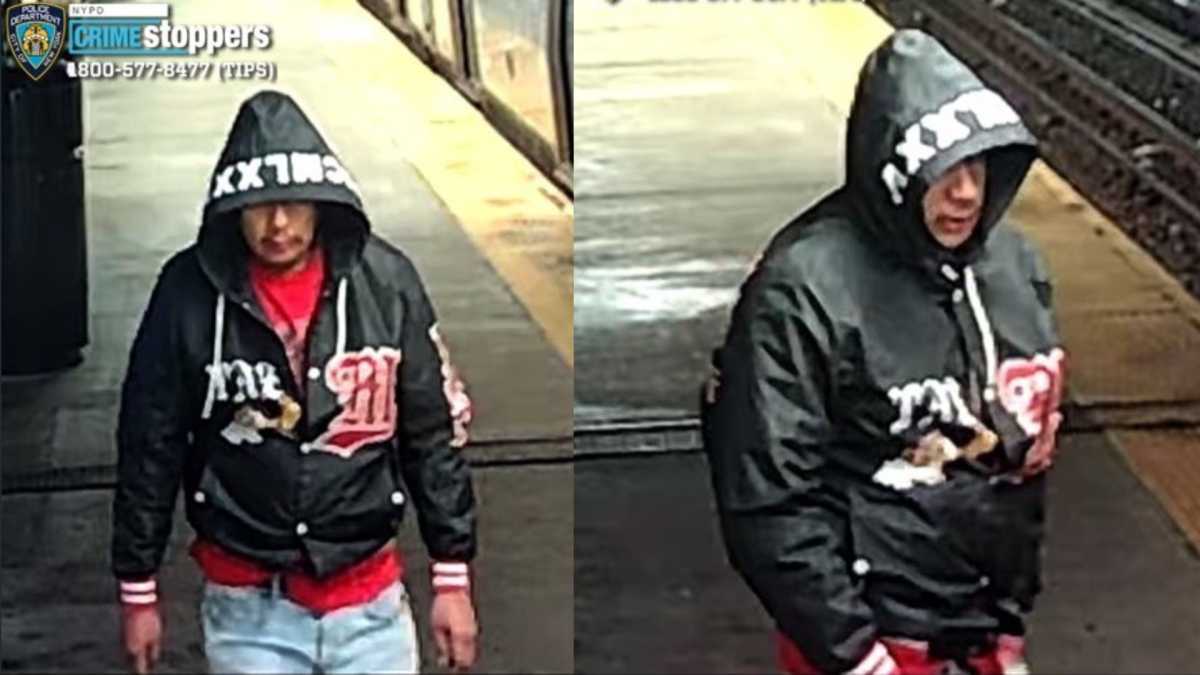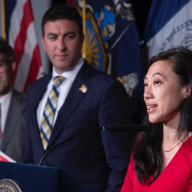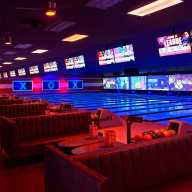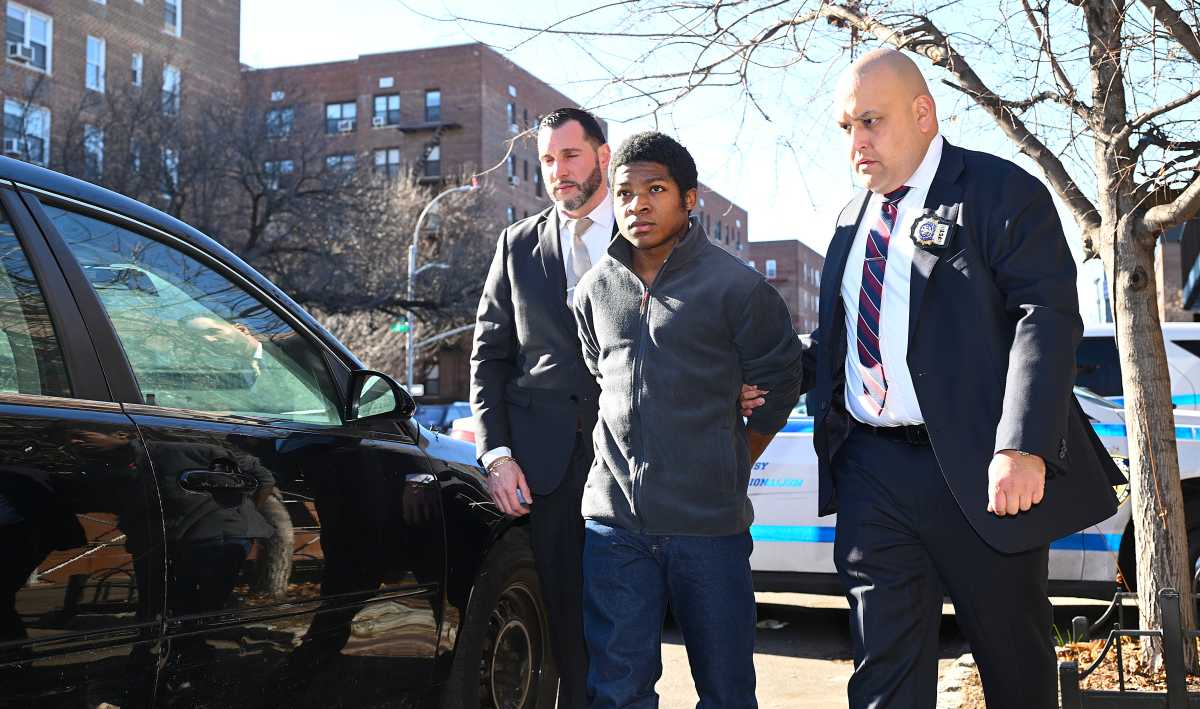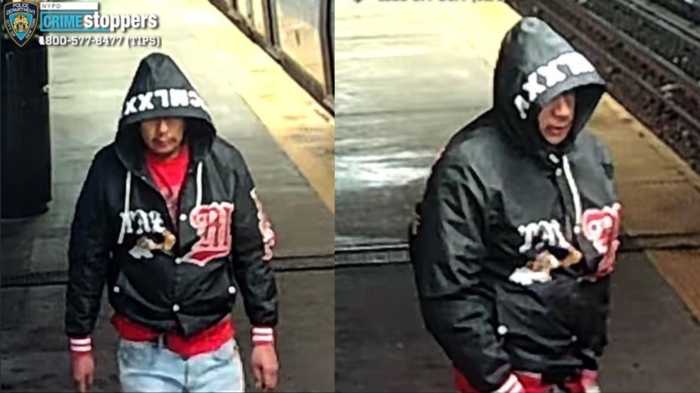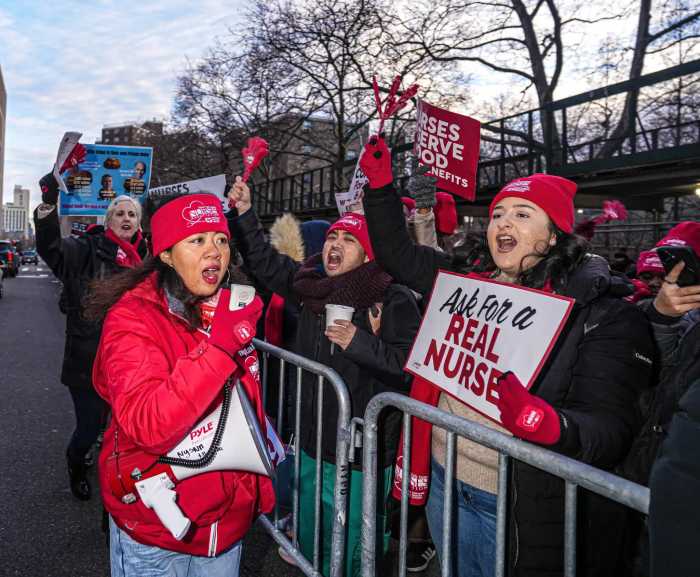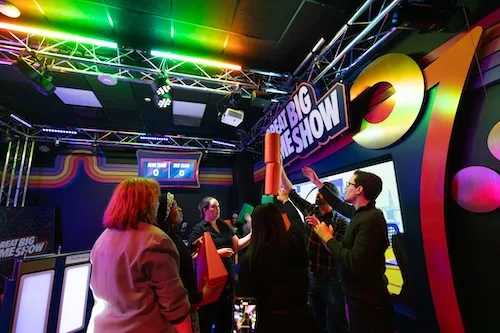The storefronts along Kissena Boulevard are mostly Chinese and Korean, while nearby Main Street has a sizable Afghan presence. Sprinkled among them are a few delis, pizzerias, and Hindu temples. Forty years earlier, these Flushing streets had many Jewish storefronts.
Even then, signs of a change were evident, with younger families settling in the suburbs, and many of the elderly in the community retiring to Florida. The neighborhood’s last kosher deli closed in 1995.
On a hill overlooking the neighborhood are the five apartment buildings of the Selfhelp Community Services, which were originally built for Holocaust survivors. For the past decade, however, the housing complex has been open to applicants of all backgrounds. As a result, the percentage of Jews among Selfhelp’s elderly population has gradually declined, with fears that its small synagogue may close due to a lack of members.
Every Friday evening and Saturday morning, Zakhar Vaysbukh, 87, struggles to get the Jewish residents to attend religious services. “It is difficult, we have few Jews left here,” he said. “Many of them do not want to attend, having lived secular lives.”
Vaysbukh emigrated from Latvia in 1992, and has been residing in the Selfhelp apartments since 1996. “My apartment rent was becoming expensive, and we moved here for affordable housing,” he said. Raised in Moldova, Vaysbukh was given a Jewish education by his father Hersh, a school principal. However, after Soviet rule arrived in 1940, Vaysbukh lived a largely secular life, until arriving in America. Vaysbukh is the lone member of his family who did not perish in the Holocaust.
The religious services led by Vaysbukh are held in a community room on the first floor of the 18-story Martin Lande House on 45th Avenue. The congregation has no official name or denomination, no rabbi, and follows an informal Orthodoxy, where a temporary mechitza, or partition, separates men from women.
The president of the Selfhelp congregation, Dr. Yuzef Mordakhayev is a retired biology professor, raised in Uzbekistan. “Not only do we struggle for members,” he said, “our funding is also low.” With 85 as the average age of the congregants, all have a fixed income. “Our members contribute four to five thousand dollars, but our expenses approach $10,000,” he said.
In order for the Torah to be read, and for certain prayers to be uttered, a minyan, or quorum of ten men, is required. Often, 24-year old Isaac Borenstein makes the difference as the tenth man. Borenstein walks from his home in Kew Gardens Hills to read the Torah and lead the services every Saturday morning.
On the other end of the spectrum, the most senior member of the congregation is Adele Lerner, 101. An accomplished artist, Lerner has been described in a recent New York Times article as the “Grandmother Moses of New York City.”
The type of resident that Selfhelp was originally designed for is Erika Pomper. Like the organization’s founders, she is a German Jew, who left in 1937 for the United States. At the time, there were strict immigration quotas, but Pomper had an uncle in the country as a sponsor. She has been residing at Selfhelp since 1991.
“There were more activities back then,” she said. “People were more interested. There were speakers and music.” Though the amount of Jewish programs has declined with the population, the Benjamin Rosenthal Senior Center, a former YM-YWHA, has some Jewish movie and holiday programs, alongside senior-related lectures and multi-cultural events.
To boost attendance, Vaysbukh and Murdakhayev have been giving out food packages, and pleading with their Jewish neighbors not to let the synagogue die. But with fewer Jews being accepted as residents, hope remains dim. Sometimes, however, the Selfhelp congregants are being heard. For the Purim holiday, the Bukharian Jewish Congress and Rabbi Eli Blokh of Rego Park provided mishoach manot, or holiday food packages, allowing the members to hold a festive meal following the megillah reading. “This minyan has a special place in my heart,” Rabbi Blokh said. “I will try to help them.”
Note: the author is the grandson of Zakhar Vaysbukh and is named after Vaysbukh’s brother, who perished in the holocaust.









